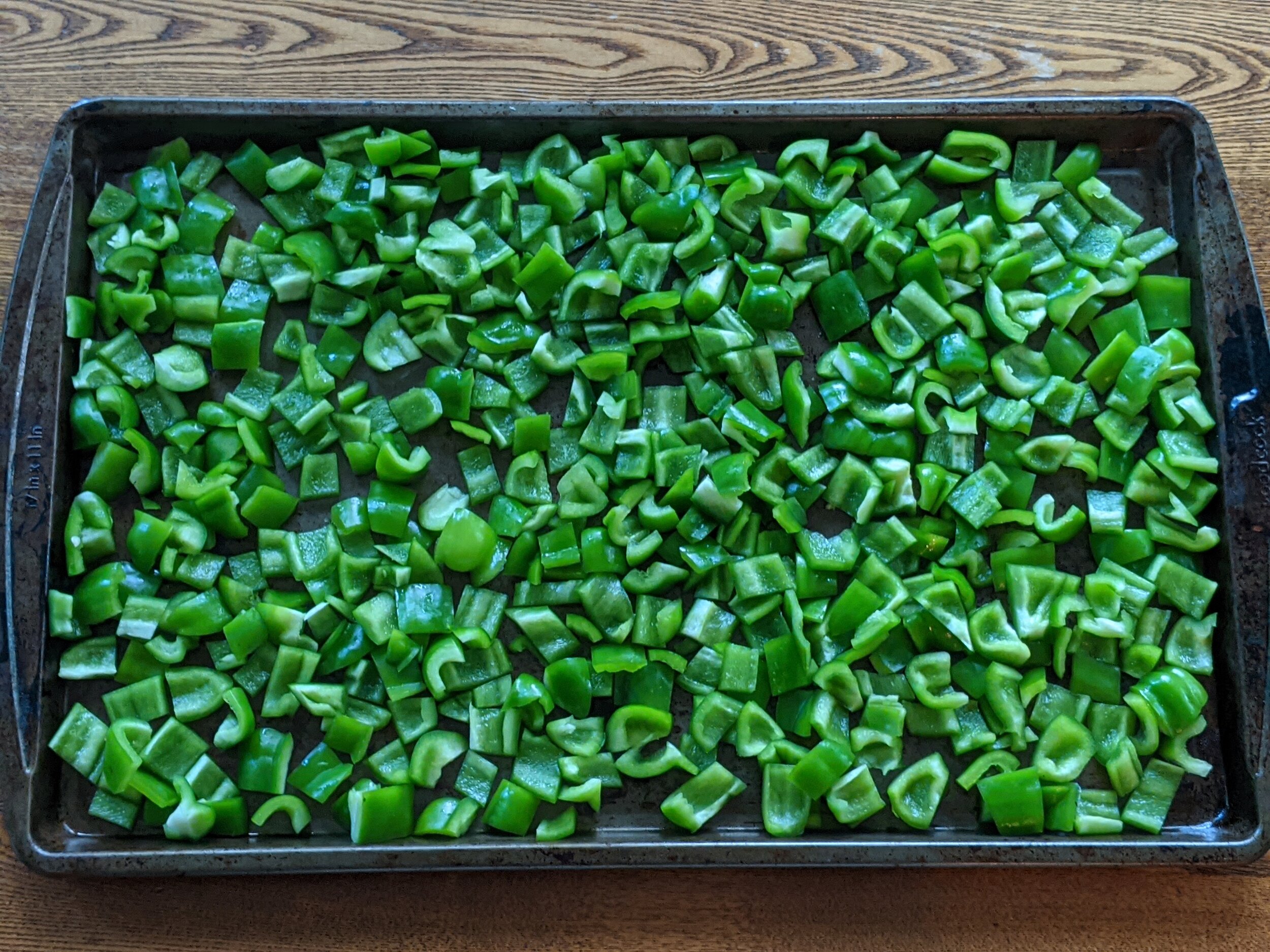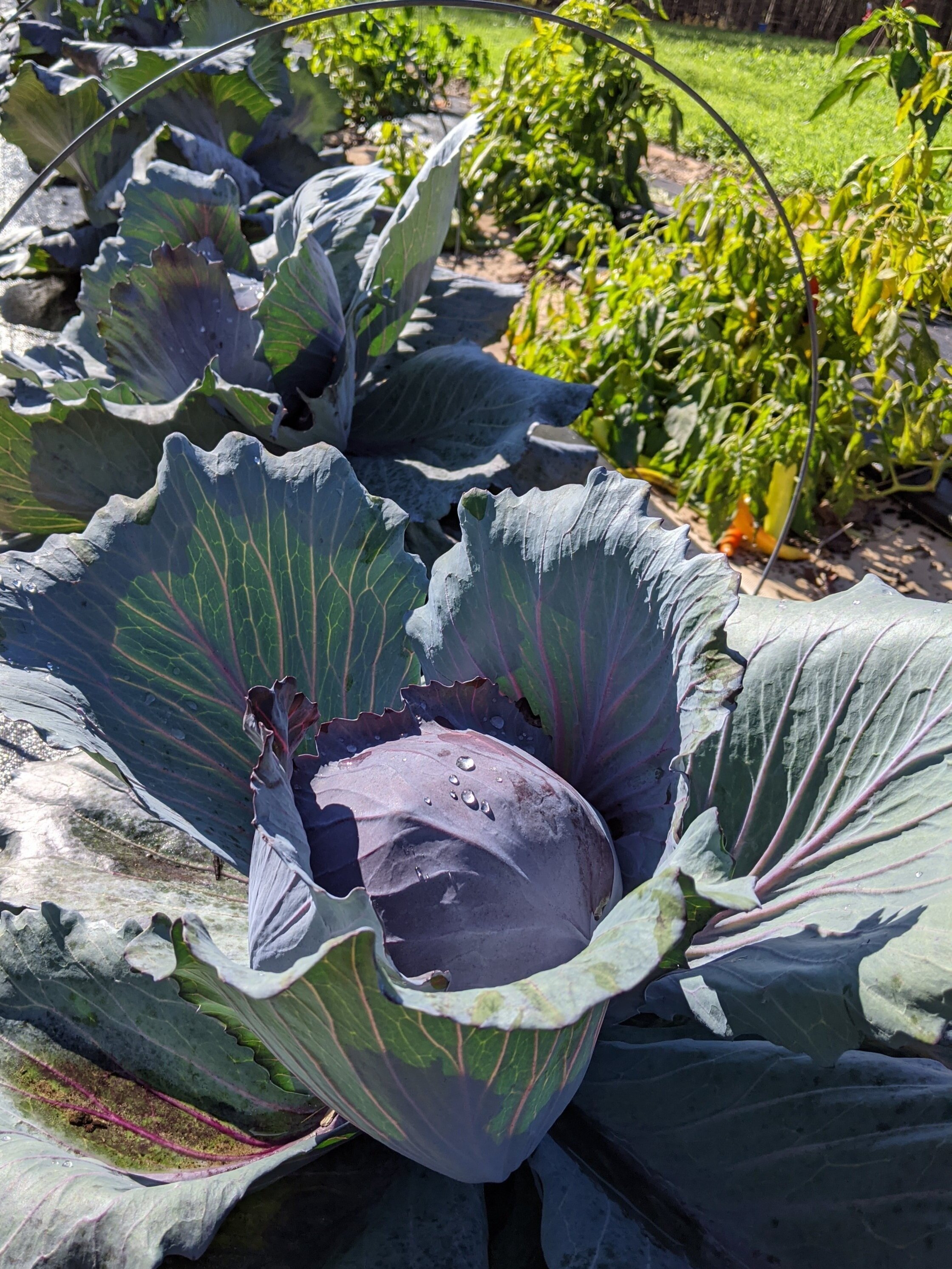Waste Not, Want Not
Wasting food feels gross, doesn’t it? When I’ve purchased carrots in the past from the grocery store, I didn’t have to deal with the question of what to do with the leafy green part. Now that we’re growing our own carrots, I don’t want to just throw the greens away because they’re edible and they actually contain a bunch of vitamins and minerals. (More on that below.) So I went on a mission to find what to do with the tops of my carrots.
But first…why does the grocery store remove the carrot tops?
There’s a good reason grocery store carrots are bald. If the greens stay attached to the carrots, they steal a bunch of the nutrients and sweetness out the the carrots. Because of this, it’s important to remove the greens from the carrots as soon as possible.
Nutrients in Carrot Tops
Carrot greens are loaded with vitamins A, C, and K, potassium, iron, magnesium, carotenoids, calcium, and dietary fiber. They are the underappreciated “hair” of the carrot, and it’s about dang time we step up and accept their super food status. In an attempt to get my family to consume this nutrient-dense food, I whipped it up into a fine pesto, which I recommend. If you’re kids (or you) aren’t huge fans, you might mix the pesto with a marinara sauce before adding to noodles or pizza or whatever else you add pesto to.
Nut-Free Carrot Top Pesto Recipe
I had to play jazz with recipes I found online because my son can’t eat nuts. Here’s my offering for the world:
Ingredients:
one bunch carrot greens
one or two handfuls of fresh basil leaves (Spinach would work too.)
extra virgin olive oil To Taste
parmesan cheese to taste (I ended up using 8 ounces. Don’t judge.)
Directions:
Remove the leafy bits from the fibrous stems of the carrot tops, and Chuck those leafy bits into the food processor.
Add basil leaves to food processor.
Add some olive oil to food processor.
Start processing the heck out of that food!!
Add as much oil and cheese as you see fit. (Basically, keep tasting it until you say mmmm.)
Other Uses for Carrot Tops
You can add them to a salad or sandwich or soup. You could use them as a pretty garnish. You might even find them useful for tickling your sweet child’s little tootsies.
If you want more recipe ideas, check out the World Carrot Museum website. That’s right. There’s a World Carrot Museum. Isn’t it comforting to know that exists?




















Our pasture-raised, rotationally-grazed, happy hens produce eggs in a variety of colors, including blue, green, brown, dark brown, and white. (While every color can not be promised in every box, we’ll do our best to make a beautiful arrangement for you!)
ALL PRODUCTS ARE AVAILABLE FOR PICK-UP ONLY.